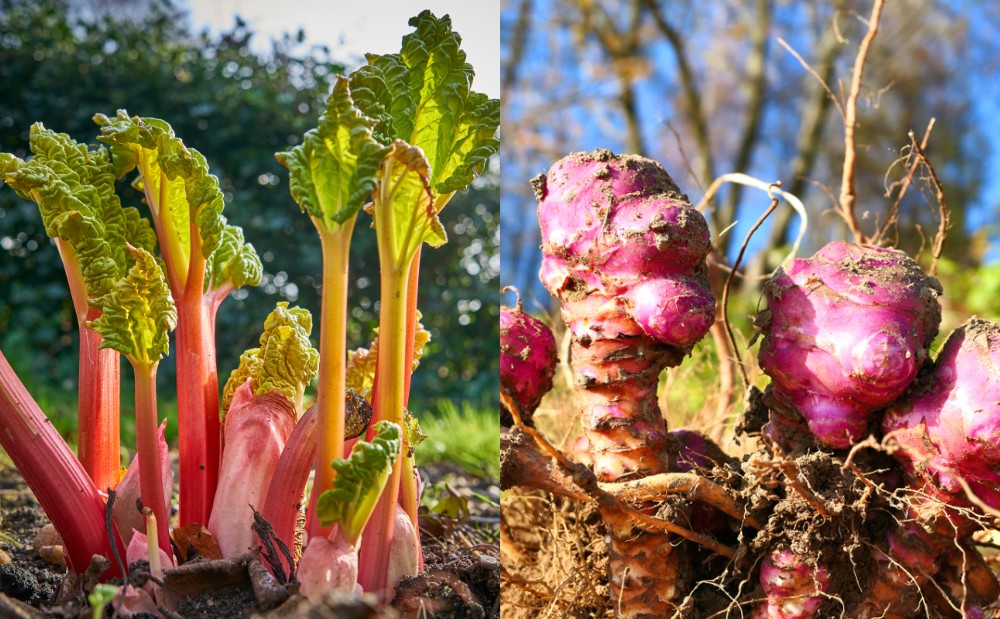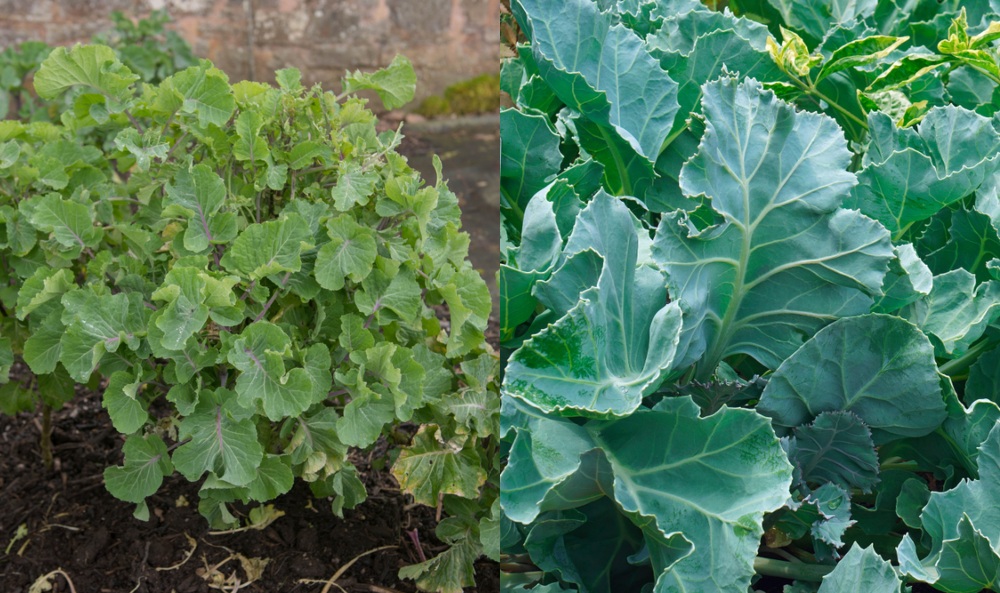
Cabbage is a member of the Brassica family, and of course, we grow many members of that family in our gardens. Many gardeners will grow cabbage, kale, broccoli, cauliflowers, turnips, mustards, and more in their vegetable plots.
But what many gardeners do not realise is that the common annual members of the cabbage family are not the only options.
You might be surprised to learn that there are also a number of perennial brassicas.
There are different types of perennial cabbage that will provide you with an edible yield not just for a single season, but potentially for several years to come.
One important thing to understand is that wild cabbages (the common ancestor of Brassica family plants) is a perennial. Perennial cabbages therefore are simply plants that are closer to that original wild form, or in which the characteristic of being perennial has been bred back in.
Many Brassicas that are commonly treated as annuals can be perennial in certain circumstances. For example, I have some kale (sold as an annual) that has been growing in my garden for a few years. I have also successfully overwintered sprouting broccoli and gained a second year’s harvest in my garden.
So it won’t do any harm to give your cabbage family plants a chance, to see whether they can survive over subsequent years.
In this article, however, we’ll look at some perennial cabbage options that have definitely achieved positive results. On the list, you will find some plants I grow in my own garden, as well as some other perennial brassicas other gardeners recommend.
Before we discuss the options, however, let’s take a quick look at why, where and how to grow them in your garden:
Why Grow Perennial Cabbage in Your Garden?
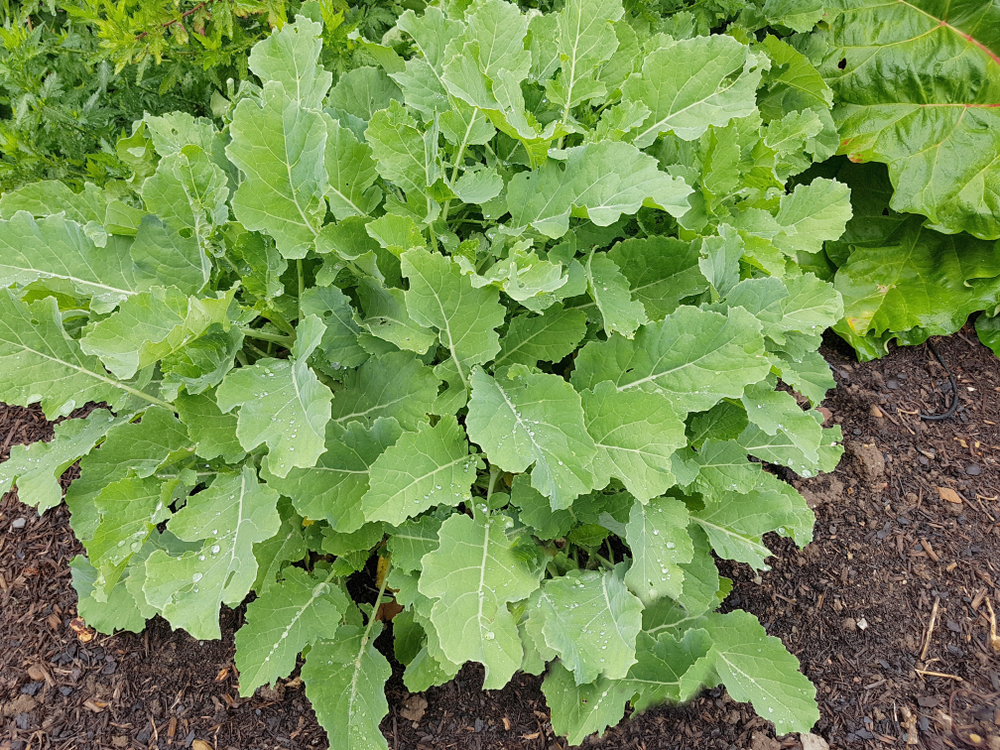
Growing perennial plants is a great choice for those of us with busy lives.
No matter how much you love gardening, your time will always be in limited supply. Growing perennial plants in your garden is one of the very best ways to cut down on the time and effort it takes to maintain it.
Incorporating plenty of trees, shrubs and other perennial plants in your garden will not just make your life easier, it can also allow you to do good.
Since perennial plants remain in place, they help store carbon in your garden. Storing (sequestering) more carbon in your garden means that you are doing your bit to help fight climate change.
Creating perennial gardens with a wide variety of plants also means that you are helping promote, protect and secure biodiversity. Biodiversity is important for the healthy functioning in an organic garden, but it can also help combat biodiversity loss on a wider scale.
Where to Grow Perennial Cabbage Family Plants
I grow perennial cabbages as part of the polycultures in my forest garden. I also grow some in a somewhat shaded bed next to my polytunnel. These useful and versatile plants can find a space in a wide range of different planting areas. You can even grow them in containers.
The key things to remember when it comes to growing any members of the Brassica family is that they are relatively hungry plants, with fairly high nitrogen needs.
When it comes to the soil, as long as it is fertile enough, they are relatively unfussy. Though they will generally do best in soil that is neutral to slightly alkaline. (Slightly alkaline conditions can help avoid root problems.)
They can cope with a wide range of conditions, from part or dappled shade to full sun (as long as there is sufficient water and it is not scorchingly hot).
When choosing where to grow perennial brassicas, it is a good idea to think not only about the environmental conditions but also about their neighbours. Good companion plants for annual brassicas can also be good companions for perennial cabbage types.
Caring for Perennial Cabbage Plants
As long as you water during particularly dry periods, and keep fertility in mind, perennial brassicas usually need little care.
Fertility can be added in a perennial growing area through companion planting with nitrogen fixers and other dynamic accumulators.
It can also be added by chopping and dropping dynamic accumulators to use as a mulch. Or by adding other organic mulches such as a good home-made compost, or leaf mold, for example. You can also keep plants in tip top condition by using organic liquid feeds.
Above and beyond making sure the basic water and nutritional needs are met, there are just a couple of things to remember when caring for perennial cabbage plants.
The first is that you do not usually want to let the plants go to seed. Instead, you want to encourage them to put their energy into producing new, leafy growth. Flower stalks develop on certain varieties and these can be a great edible yield. But you do need to make sure you harvest them regularly so the energy goes where you want it to go.
The second thing to remember is that it is important to consider the climate and conditions where you live. In my area, certain perennial cabbage family plants overwinter and are in leaf throughout the winter. But others tend to die back and then come ‘back to life’ in the spring.
Those that do remain in leaf may need additional protection in colder winter areas. And die back may not occur at all where warmer winters are experienced.
7 Perennial Cabbage Family Plants To Consider
Now we’ve discussed the basics, let’s take a look at some of the perennial cabbage family plants you could consider.
This is by no means an exhaustive list, but it could give you some inspiration and an idea of some of the interesting options to consider.
Asturian Tree Cabbage
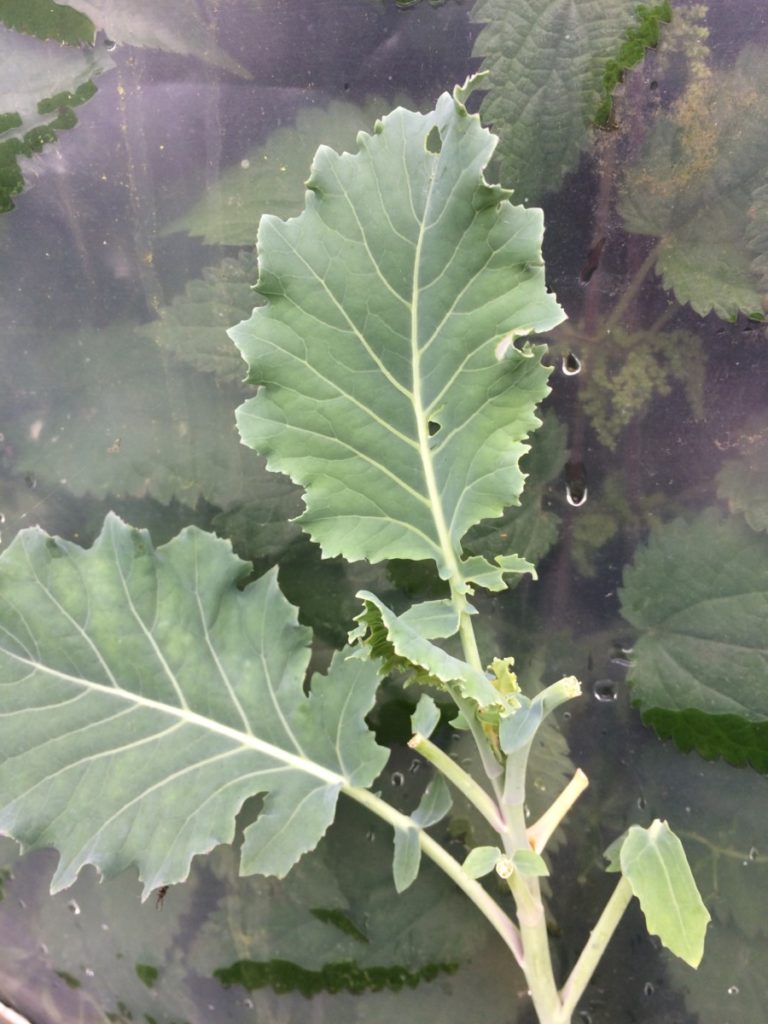
This is one of my favourite perennial cabbage plants – for the sheer abundance of leaves it can create and for the size of those leaves. Though it is called a cabbage it is actually much more like a kale. It does not make a head, but rather grows a loose ‘flower’ of leaves at the top of a long stem.
You can definitely keep this going for two years, and even more. I’ve had mine for four years and it still seems to be going strong. I just cut it back when it tries to flower and it makes new leafy growth.
In my garden, this perennial cabbage provides enormous leaves for much of the year. I sowed mine from seed (in the spring) and find it particularly beneficial for providing fresh green leaves during what used to be referred to as the ‘hungry gap’ period.
Ewiger Kohl (Brassica oleracea var. Acephala)
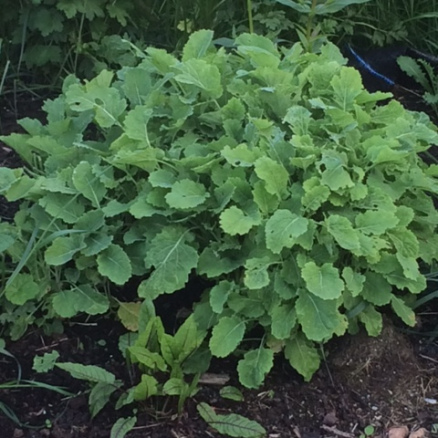
Another perennial cabbage that I grow successfully in my garden is ewiger kohl (everlasting cabbage). This German variety is more closely related to tree collards and Jersey kale than to true cabbage. It bears masses of leafy shoots which are delicious as a green leaf vegetable.
I have some in my forest garden, where it generally thrives and has done for several years. Sometimes, local pigeons take some taxes. But we generally get plenty too.
I would mention however, that chickens love it and will quickly eat it all if given the chance. I lost a couple of plants several years ago to my hungry flock. (A fence was not high enough!).
Daubenton’s Kale (Brassica oleracea var ramosa)
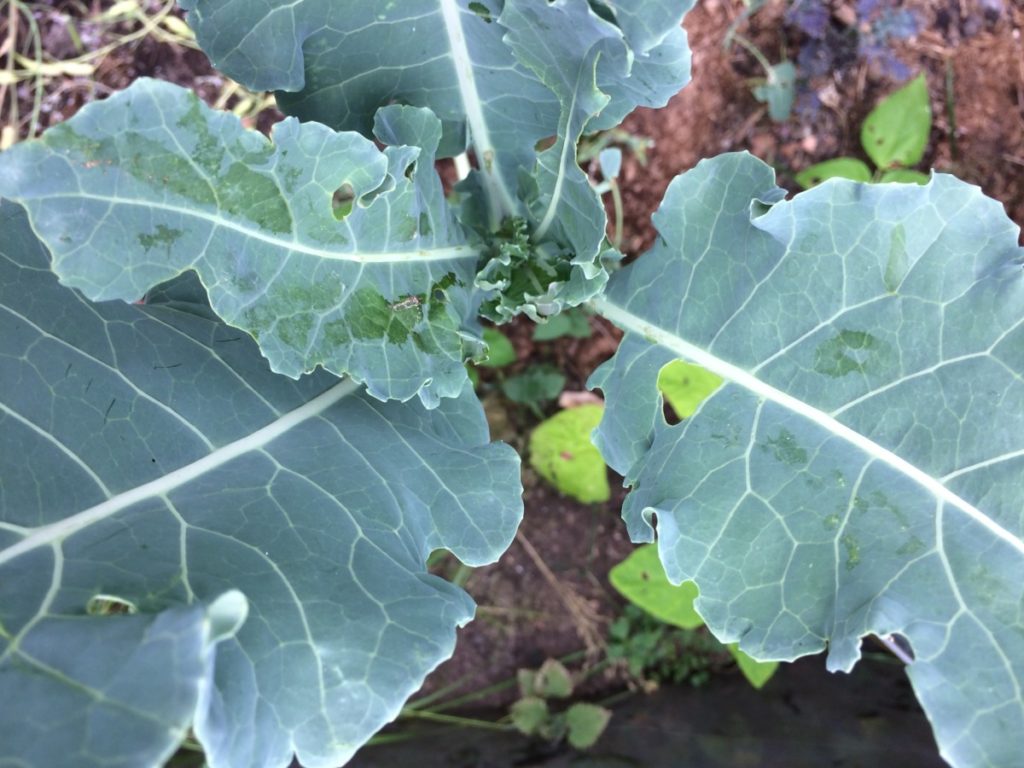
There are a number of perennial kales out there and Daubenton’s is one of the best known. It forms an attractive shrub and has a mild and nutty taste. This kale is named after the French naturalist Louis Jean-Marie Daubenton – or D’Aubenton who lived between 1716 – 1800.
The central clump itself can last several years, but let the branches flop to the ground and they will root. This means that the plant can spread and last beyond the lifetime of the original plant. For tough winter conditions, kales like this are hard to beat. This kale can tolerate temperatures down to about 5 F.
This plant is propagated from cuttings, and these can sometimes be hard to get your hands on. But if you can, it can be a very rewarding plant to add to your garden.
I have a few small examples of this plant, but since I have not yet had them for a second season, I can’t yet report on how well they will do. I do know, however, that other gardeners report that they find these incredibly tough, hardy and resilient perennial plants.
‘Taunton Dean’ (Brassica oleracea var Acephala)
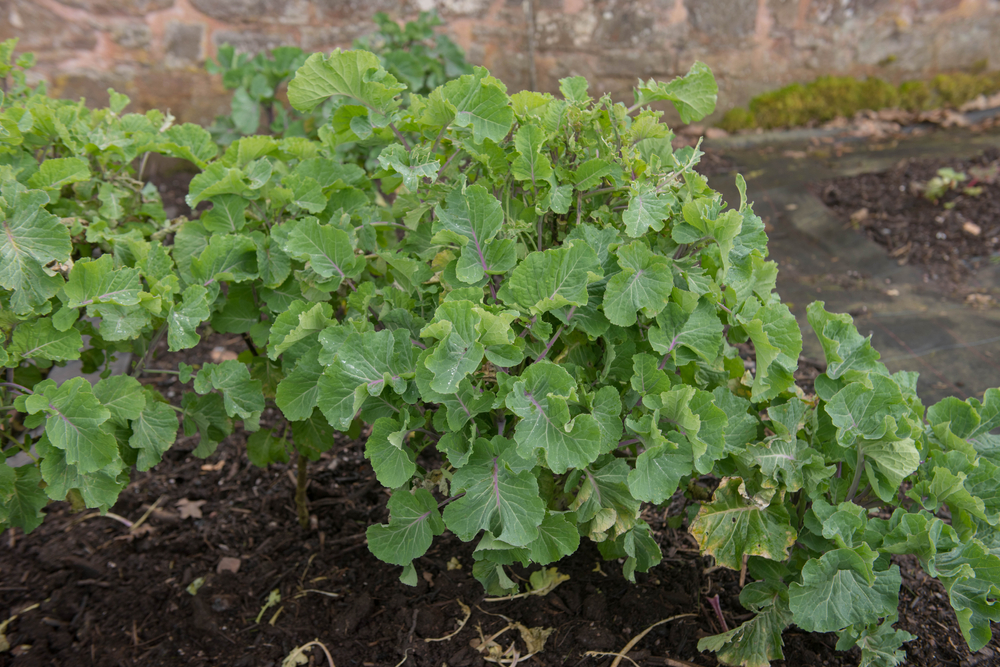
This is another perennial kale that I think is something like a combination of the tree cabbage and Daubenton’s kale. Though I have not grown this variety myself, I have seen plants that have grown up to almost two metres tall, and produced impressive flushes of new leaves each spring and summer, and tasty leaves year round.
This is another old variety of perennial kale that could be a good choice for your garden. Gardeners recommend replacing these every five years or so, as after about 5 years they do tend to run out of steam. But you can simply take cuttings to replenish your stock.
Kosmic Kale
Though the options above may be hard to get hold of in some areas, Kosmic kale is one perennial kale that is easier to get hold of in the US.
The bi-coloured leaves (green with yellowish or white edges) don’t just provide delicious greens year round. They can also look pretty good in an ornamental garden.
Kosmic kale is not a plant I personally have any experience with. But I understand that it can be hardy down to around 10 F, and even lower temperatures once established.
This kale is said to be pretty resistant to flowering and setting seed, and many gardeners have found that it can provide them with a steady supply of leafy greens all year long.
Nine-Star Perennial Broccoli
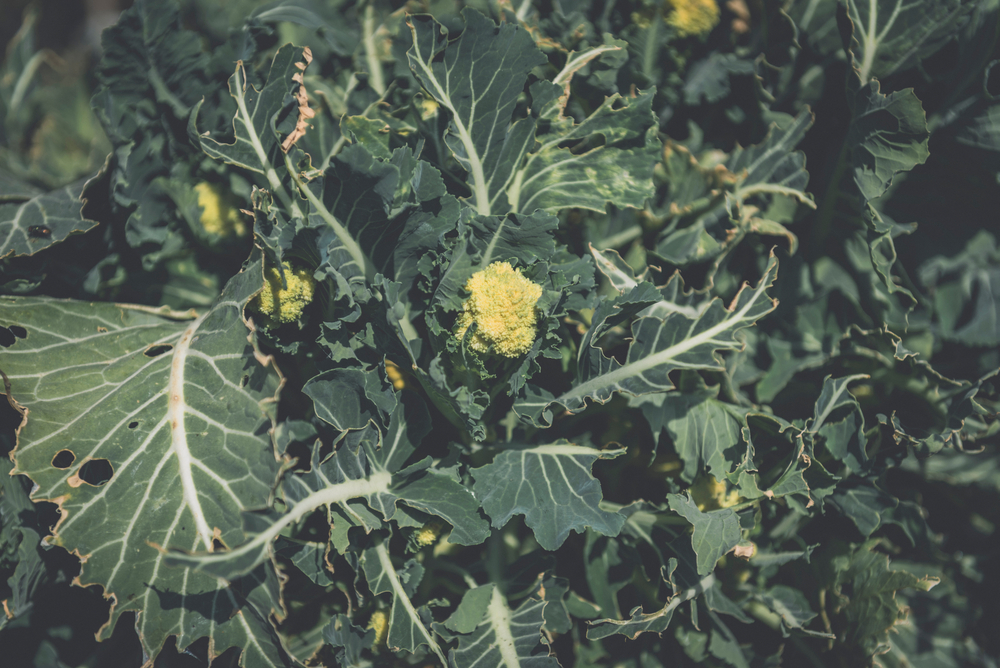
This is another perennial cabbage family plant that has done well in my garden. I have had a couple of them in my forest garden for several years. They tended to look a little worse for wear in winter, but bounce back each spring.
The plants first produce a single white head that looks like a small cauliflower but tastes more like broccoli. Once this is harvested, between 5 and 9 smaller heads are produced. (I find that this varies from year to year.) They look like a whitish cream version of annual sprouting broccoli.
As long as you harvest the heads to prevent the plant from going to seed, it produces its crop each spring.
Sea Kale (Crambe maritima)
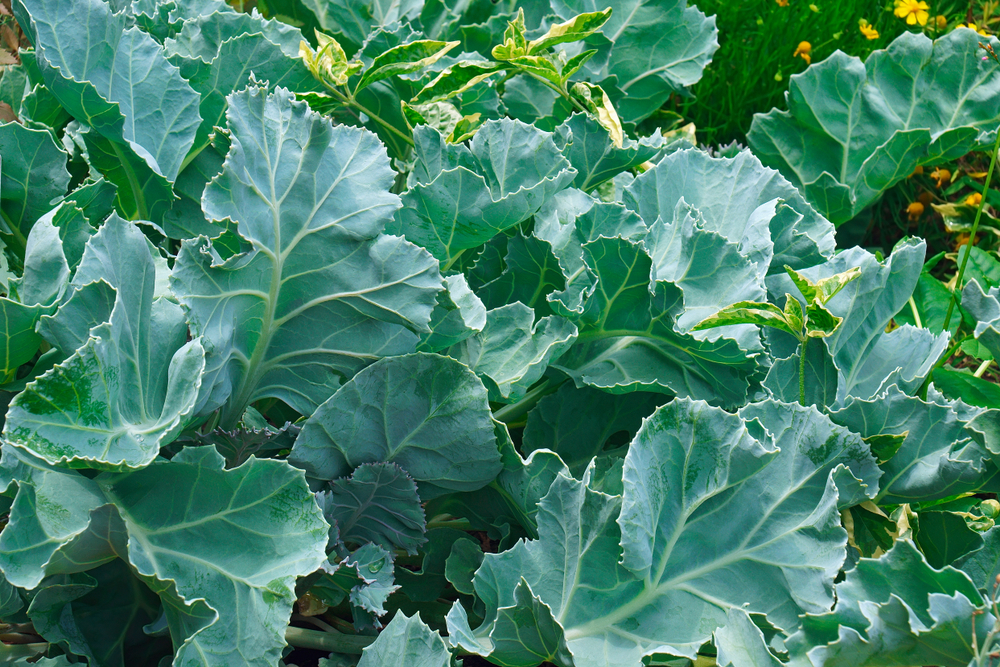
Sea kale is actually not a cabbage per se, but it is a cousin several times removed. And since it is such a good perennial alternative leafy vegetable, and due to its name, I thought I would include it on this list.
This is a plant found wild on European shorelines, and yet it can also be a useful garden plant, whether or not you live by the water.
One useful thing about this plant is that it tastes very similar to other Brassica, but likes dry and free-draining conditions. So it could be a great choice for gardens where rainfall is scarce in summer.
The seven options mentioned above could be a good place to start when looking for the right perennial cabbage for your garden. But the options definitely don’t end there.
Once you start looking into all the wonderful perennial edibles you can grow in your garden, you’re sure to get the bug!
Before long, you might even find you have an entire food forest of your own.

Get the famous Rural Sprout newsletter delivered to your inbox.
Join the 50,000+ gardeners who get timely gardening tutorials, tips and tasks delivered direct to their inbox.


